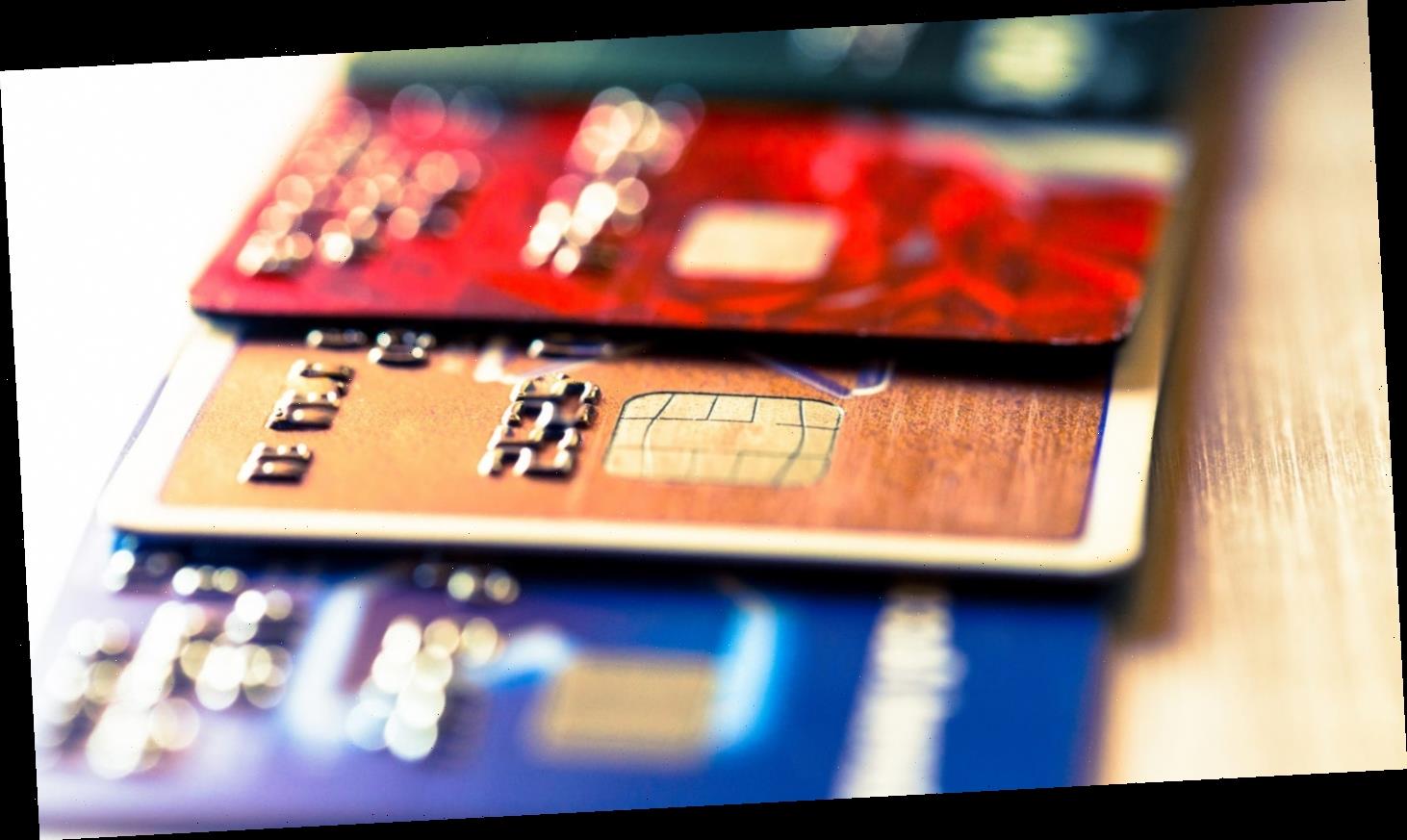If you have multiple credit cards, you’ve probably wondered at some point whether you could just use one to pay off the other.
Plenty of consumers ask this question because there would be obvious benefits if the answer was yes. It would be easier to manage when money’s tight, and better yet you could earn rewards on one credit card by using it to pay another card’s bill.
Unfortunately, you can’t earn rewards that way. And when you’re paying a credit card bill, there’s no way to add another credit card as a payment source. There are two potential workarounds – but only one of them is a good idea.
Stay sharp: 4 career-oriented skills that will pay to boost in 2020
Need help keeping spending in check? Here are 3 budgeting apps that actually work
Balance transfers
If you want to pay one credit card with another, the smart method is a balance transfer. To do this, you’ll either need to log in to the online account or call the card issuer of the card you want to use for payment. You’ll then provide the card number for the credit card with the balance you wish to transfer over, as well as the amount to transfer.
There are a few things to keep in mind with balance transfers. Not all credit cards offer this option, and among those that do, many charge a small balance transfer fee. Some cards have limits on the amount you can transfer to them. Even if a card doesn’t have a balance transfer limit, your transfer amount and any transfer fee can’t total more than your credit limit.
Consumers typically use this method to get a lower interest rate on their credit card debt, often opening balance transfer cards that offer 0% introductory APRs for a set period of time.
If you can’t pay your credit card bill in full and you have a good credit score, one of these cards can help you save money on interest. You’ll need to make minimum payments, but you won’t have interest charges piling up, at least during the card’s introductory period.
Cash advances
The alternative route is to get a cash advance on one credit card, and then use the money to pay your other card’s bill. Most credit cards offer cash advances, although cash advance limits are usually much lower than the card’s total credit limit. You will also need to pay a cash advance fee on any amount borrowed using this method.
The reason why getting a cash advance from your credit card is such a poor decision is the interest. Credit cards have separate cash advance APRs, and these APRs tend to be much higher than the standard purchase APR.
To make it even worse, there’s no interest-free grace period with cash advances. For purchases, credit card companies must give you a grace period of 21 days before charging any interest. This is because of the CARD Act of 2009. That law doesn’t apply to cash advances, so credit card companies can start charging you interest on those immediately.
It’s never a good idea to get a cash advance, and it also doesn’t make any sense to use a cash advance to pay another credit card bill. You’d be better off making a minimum payment and carrying the balance on the original card for the time being. You’ll pay interest, but at least it will be at the purchase APR and not a higher cash advance APR.
What to do if you can’t pay your credit card bill
If you can’t pay your entire credit card bill, the right move will depend on the amount you owe.
For credit card debt that you won’t be able to repay within about three to six months, a balance transfer is the way to go, assuming you can qualify for a balance transfer card. But if you’re confident you can pay off all your credit card debt relatively quickly then it could be best to simply focus on paying it down as fast as you can without transferring the balance.
And while a cash advance may initially seem convenient, the fee and the interest you’ll pay mean you should avoid this option at all costs.
The Motley Fool owns and recommends MasterCard and Visa, and recommends American Express. We’re firm believers in the Golden Rule, which is why editorial opinions are ours alone and have not been previously reviewed, approved, or endorsed by included advertisers. The Ascent does not cover all offers on the market. Editorial content from The Ascent is separate from The Motley Fool editorial content and is created by a different analyst team.
The Motley Fool is a USA TODAY content partner offering financial news, analysis and commentary designed to help people take control of their financial lives. Its content is produced independently of USA TODAY.
Don’t pay credit card interest until 2021
Offer from the Motley Fool: The Ascent just released a free credit card guide that could help you pay off credit card debt once and for all. Inside, you’ll uncover a simple debt-cutting strategy that could save you $1,863 in interest charges paying off $10,000 of debt. Best yet, you can get started in just three minutes!
Source: Read Full Article
